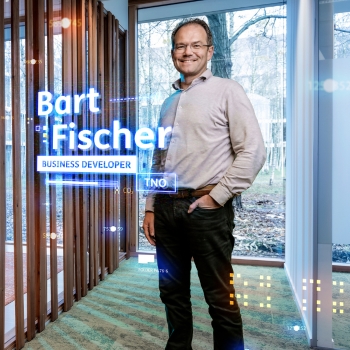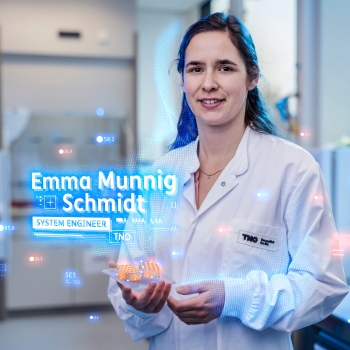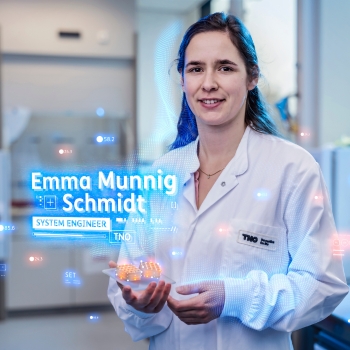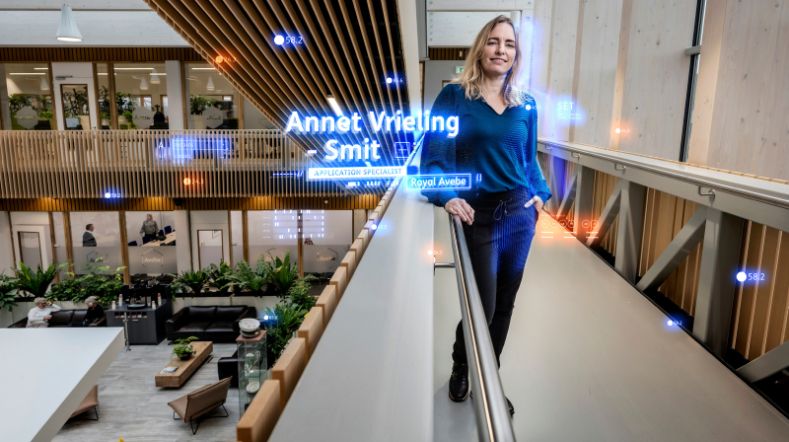
3D food printing: is this the future of our food?
The world’s population is growing, so we need to produce our food more efficiently. New digital food production and processing technologies are crucial for achieving this. We have developed an innovative solution for modifying plant proteins to produce complex products. This results in better-tasting food with a mouthfeel that is so good that people will want to start eating more plant-based foods on a large scale. The technology is ready for scaling up and we are now looking for companies that want to integrate it into their production process.
Towards more plant proteins
In the food system of the future, plant proteins will play a key role. Bart Fischer, Senior Business Developer at TNO, facilitates partnerships with innovative companies in the field of 3D food printing. ‘In the future, plant proteins will be central to our food production. Companies need to innovate and deploy new technology now. TNO’s 3D printing technology is key to a global scale-up.’
Meat consumption is expected to continue increasing, even if the world’s population growth levels off at some point. The question is whether it is feasible to meet such a growing demand for meat production, given the large amounts of raw materials required. One solution is to eat more vegetables and plants. With the latest food production technology, we can modify plant proteins to give them the same structure and texture as muscle fibres. Flavour and mouthfeel are important to ensure people will actually eat these products. This is what we call the protein transition.

'TNO’s 3D printing technology is key to a global scale-up.'
Complex products from the 3D printer
Together with Wageningen University & Research, we have developed technology that makes it possible to bring plant proteins closer to the texture of meat. 3D printing can be used to make complex products such as tuna and steak substitutes based on plant proteins: products that people recognise and know how to prepare, but that are entirely plant-based. This ability to mimic the flavour and texture of complex products opens the door to completely new products that are neither meat nor fish.
Opportunity for entrepreneurs
Soya, oats, peas, potatoes – all kinds of plant fibres can go into the 3D printer, as long as they are sturdy enough. TNO employee Emma Munnig Schmidt has worked on the technology for 3D printers as a Systems Engineer. ‘3D printing opens the door to countless new sources of meat substitutes. Even protein-rich products that are currently thrown away can be harnessed this way. This is a huge opportunity for entrepreneurs as well as the planet.’

'3D printing opens the door to countless new sources of meat substitutes. Even protein-rich products that are currently thrown away can be harnessed this way.'
Scaling up technology
This very latest prototype printer takes us a giant step closer to a plant-based future. In collaboration with companies and Wageningen University & Research, TNO has proved that this machine can achieve the required high production speeds. The new design is also quicker to clean and maintain, making production more efficient. These features make this printing technology truly scalable.
Great progress has been made in a short time. From a machine capable of delivering just one product, it has developed into one that can print multiple products in succession and handle relatively large amounts of material.
The new technology also modifies plant fibres in a different way. Plant protein fibres form a tangle, while meat consists of elongated fibres. Until now, modifying that structure was done by squeezing the fibres through a tube, which often resulted in blockages. TNO has developed a cylindrical tube, which means the friction forces on the fibres are different from those in conventional straight tubes. Moreover, the interior is simple to disassemble and clean.
The new type of processing has another advantage: it creates less of an ‘aftertaste’. This means fewer additional ingredients are needed to achieve a good flavour.

Want to become a time setter?
'It is so cool to be able to do this. These innovations are actually being applied in daily life.'
Collaborate
The technology is now ready for scaling up and we are now looking for companies that want to integrate it into their production process. Curious? Don’t hesitate to contact us to discuss the possibilities.
Protein transition
Curious about TNO’s role in the protein transition? Find out more via the link below.
Get inspired
Printing from potatoes: How Royal Avebe and TNO are working towards the future of food


